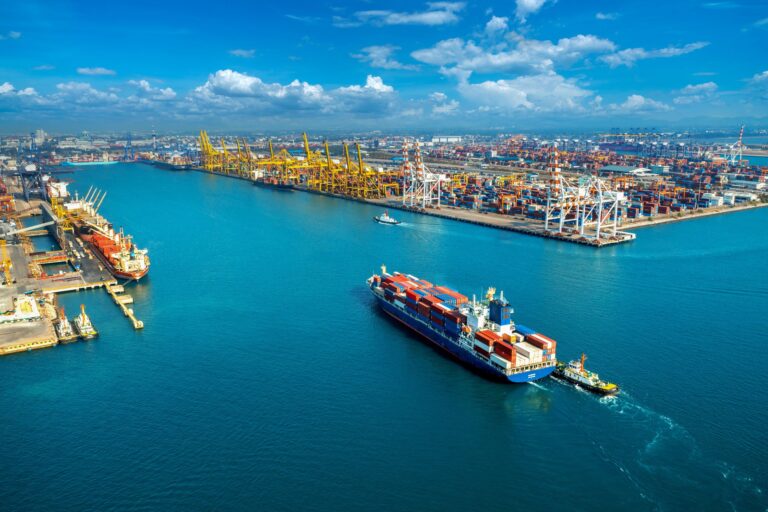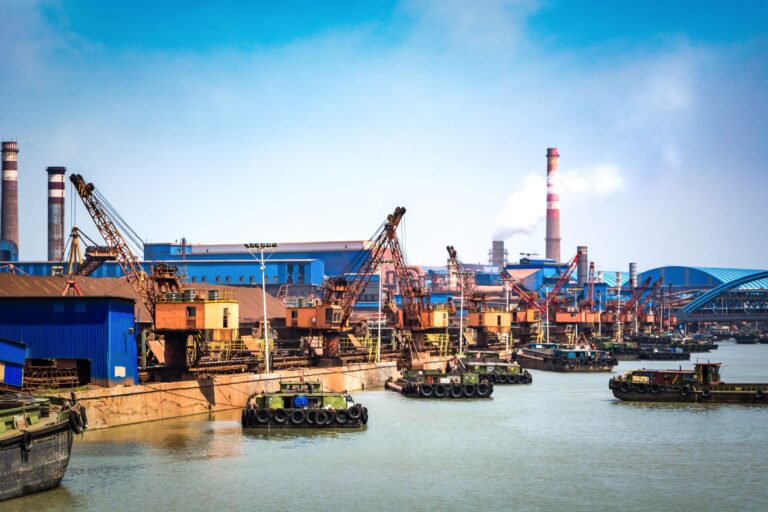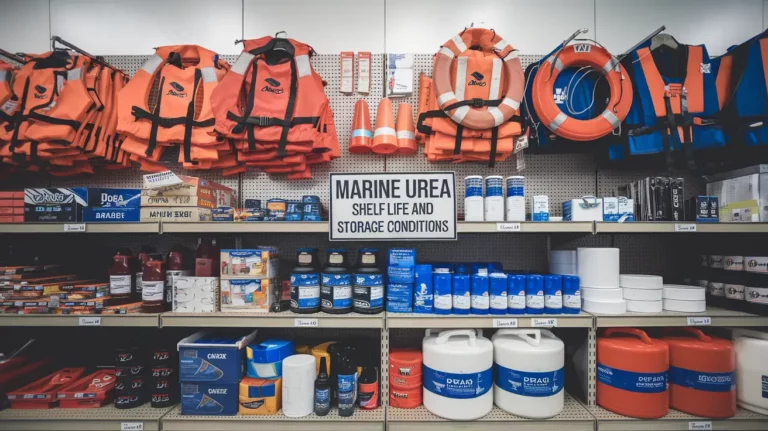AUS40: A Significant Contributor to Cleaner Maritime Operations
Amidst the myriad solutions aimed at reducing emissions and enhancing operational efficiency, AUS40 emerges as a significant contributor to cleaner maritime operations.
This comprehensive guide delves into the essence of AUS40, shedding light on its applications, benefits, and strategic importance in aligning with global environmental standards, particularly within the context of the International Maritime Organization’s (IMO) stringent regulations.
What is AUS40?
AUS40, known as Aquatic Urea Solution 40%, is a high-purity urea solution specifically designed for use in marine Selective Catalytic Reduction (SCR) systems. These systems are instrumental in reducing harmful nitrogen oxides (NOx) emissions from ship engines and boilers.
Comprising 40% urea in deionized water, AUS40 plays a pivotal role in catalyzing a chemical reaction that converts NOx into nitrogen, water, and trace amounts of carbon dioxide—substantially diminishing the environmental impact of maritime operations.
The Critical Role of AUS40 in Reducing NOx Emissions
The adoption of AUS40 is primarily driven by the need to comply with the IMO’s Tier III NOx emission standards, which are part of the MARPOL Annex VI regulations. These standards set forth rigorous limits on NOx emissions from ships operating in designated Nitrogen Emission Control Areas (NECAs).
By utilizing AUS40 in SCR systems, ships can achieve compliance with these regulations, ensuring cleaner emissions and contributing to the global effort to combat air pollution and protect marine biodiversity.
Benefits of Using AUS40
- Environmental Compliance: AUS40 enables ships to meet the IMO Tier III NOx emission standards, facilitating regulatory compliance and environmental protection.
- Operational Efficiency: By reducing the risk of regulatory penalties and enhancing the ship’s marketability to environmentally conscious clients, AUS40 contributes to operational efficiency and competitiveness.
- Flexibility in Fuel Choice: The use of AUS40 allows ships to continue operating on conventional fuels while achieving significant reductions in NOx emissions, offering flexibility in fuel choice amidst fluctuating fuel prices and availability.
- Enhanced Public Image: Commitment to environmental sustainability through the use of AUS40 can bolster a company’s public image, aligning with corporate social responsibility goals and attracting eco-conscious stakeholders.
Implementing AUS40 in Maritime Operations
The integration of AUS40 into maritime operations involves several key considerations:
- SCR System Installation: Ships must be equipped with SCR systems designed to use AUS40. This involves technical assessments and potential retrofitting, especially for older vessels.
- Storage and Handling: Adequate storage facilities for AUS40 must be established, considering its chemical properties and the need for proper handling to prevent contamination.
- Supply Chain Management: Establishing a reliable supply chain for AUS40 is crucial, requiring coordination with suppliers to ensure consistent availability and quality.
- Training and Awareness: Crew members and technical staff should receive training on the proper handling, storage, and usage of AUS40, emphasizing safety and efficiency.
Challenges and Solutions
While AUS40 presents a viable solution for reducing NOx emissions, its implementation is not without challenges. These include the initial costs of SCR system installation, the need for dedicated storage space, and ensuring the quality and purity of the urea solution. Solutions to these challenges involve strategic planning, investment in quality infrastructure, and partnerships with reputable AUS40 suppliers.
Furthermore, ongoing research and development in SCR technology and alternative emission reduction strategies continue to enhance the efficiency and cost-effectiveness of using AUS40.
Future Outlook: AUS40 and Beyond
The maritime industry’s journey towards sustainability is ongoing, with AUS40 playing a crucial role in the current landscape. As regulations continue to evolve and the demand for cleaner operations increases, the adoption of AUS40 is expected to rise.
Additionally, the development of alternative fuels and advanced emission control technologies may complement or offer new solutions beyond AUS40, contributing to the industry’s long-term sustainability goals.
In parallel, digitalization and data analytics are becoming increasingly important in optimizing the use of AUS40 and SCR systems, enabling more precise control over NOx emissions and operational efficiency.
The future may also see enhanced collaboration among maritime stakeholders, regulatory bodies, and technology providers to foster innovation and implement comprehensive solutions for environmental protection.





